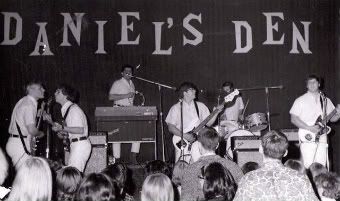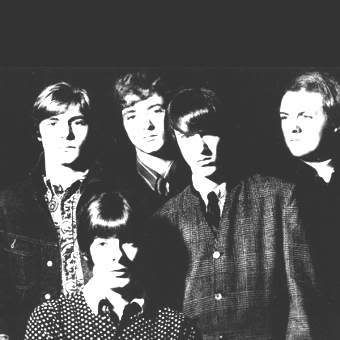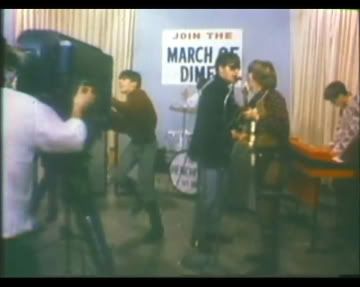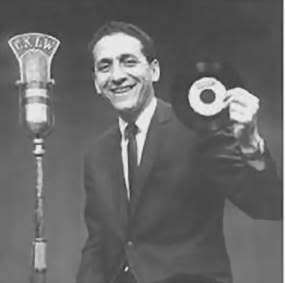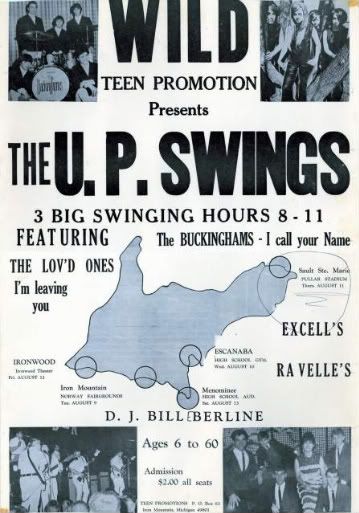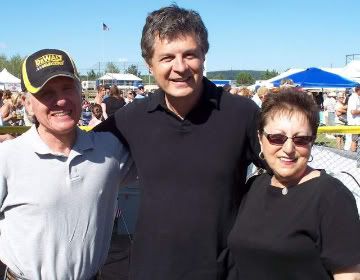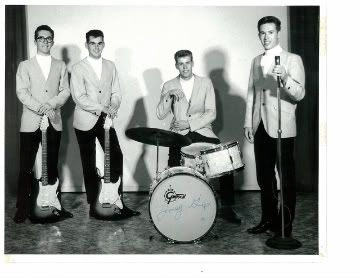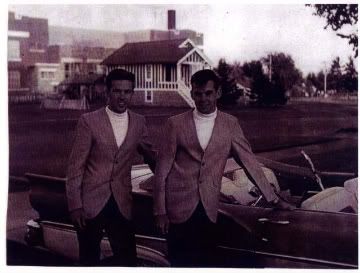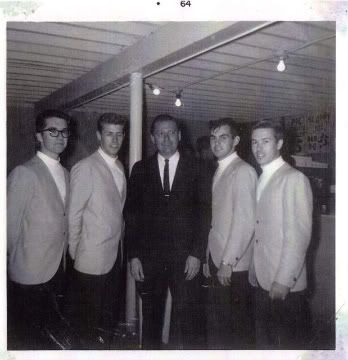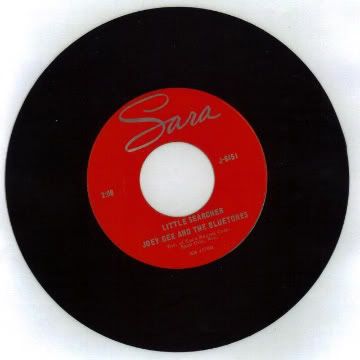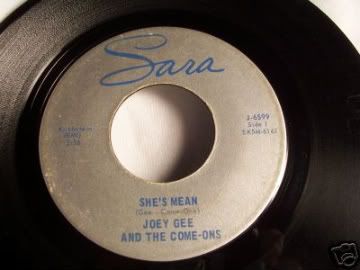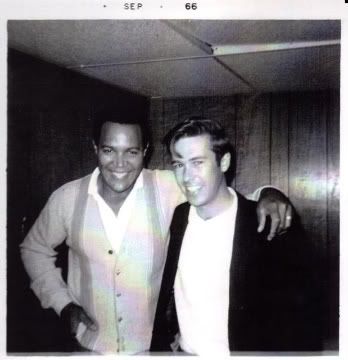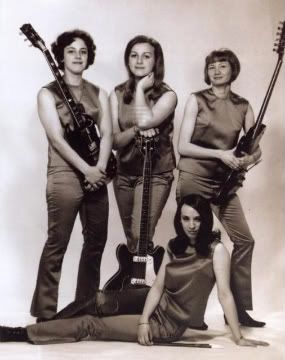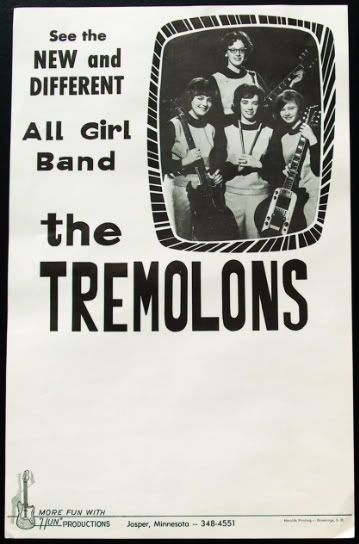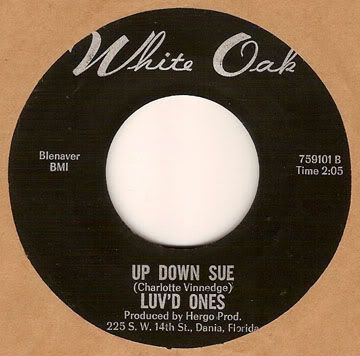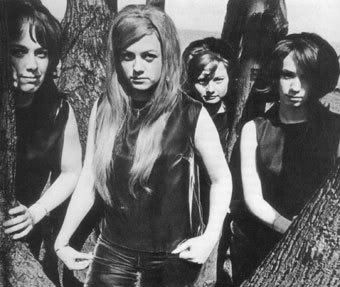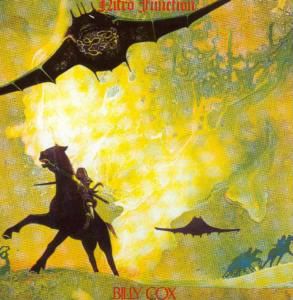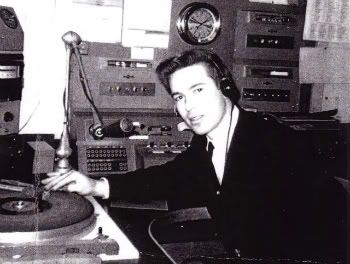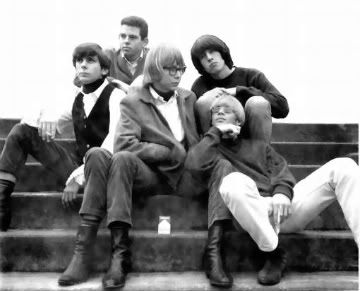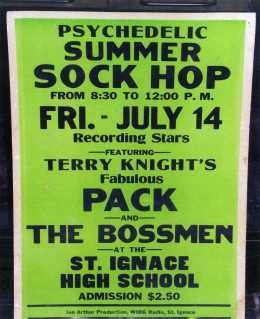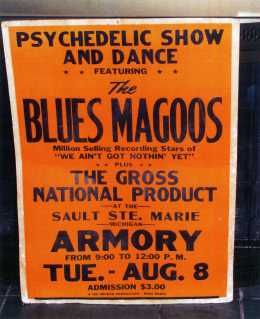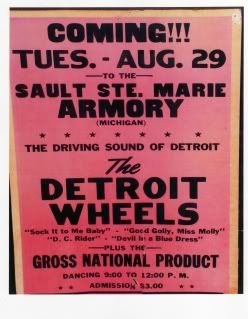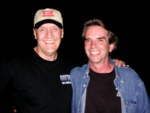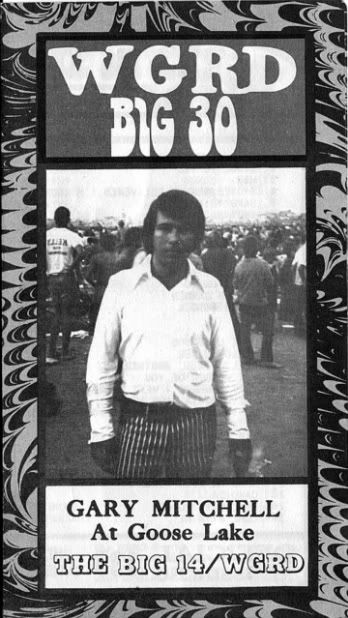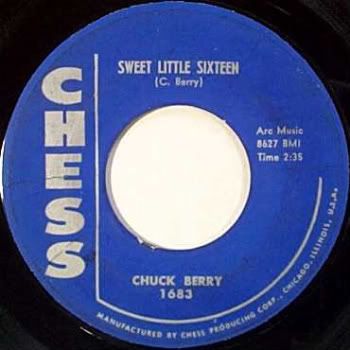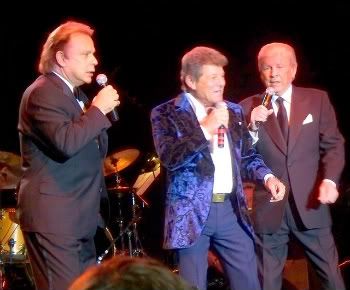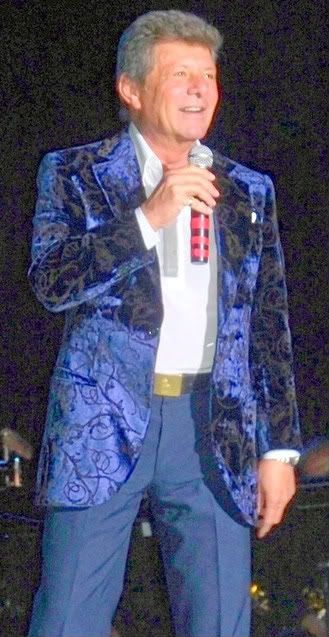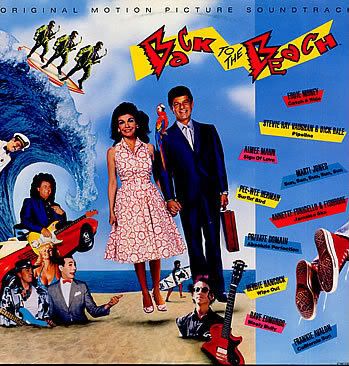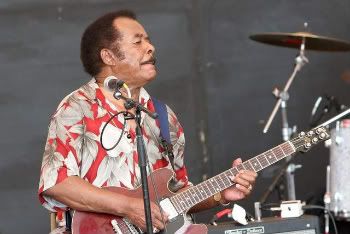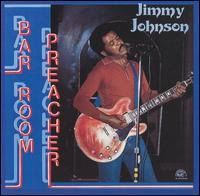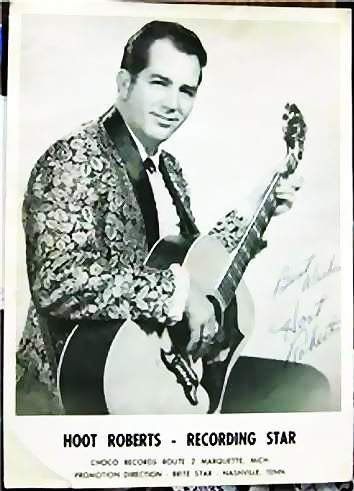
This publicity photo was issued
to promote a 45 rpm single Hoot Roberts
released on Choco Records, a label located
in Marquette.
By STEVE SEYMOUR
If you like 45 rpm singles as music collectibles, don't forget Upper Peninsula-based country artists.
Although many people may not be aware of it, a wealth of country & western talent cut seven-inch discs, beginning in the 1950s.
Many of the musicians lived in the central U. P. Marquette County boasted the Ramblers, Lane Dawson, Tiny Cochart and Hoot Roberts, while Delta County acts issuing singles included Denny Peltier, the Coppertones and Lorraine Irving.
Ishpeming's Ramblers played what their hometown fans wanted to hear, including polkas and waltzes, so they may not precisely fit into into the "country" category, but they did blaze the way with a pair of 45s issued more than 50 years ago.
Released in 1957, "The Michigan Waltz" featured lead vocals by Jeanneane Adamini, while the instrumental flip side was called "The Raindrop Polka." The follow-up single, issued in 1958, highlighted "I Should Be the First to Know," written by Jeanneane, while Ray Adamini composed the reverse, "I Bet'cha." The singles carried custom Rambler Records labels.
I met Lane Dawson, meanwhile, on a motorcoach. The "singing bus driver," as he was known, transported a large group of Yoopers to a convention in Lansing in the early 1980s. True to form, he enthralled passengers with his singing ability.
Drummer Jim DeCaire, now leader of Da Yoopers, described Dawson as a "cross between Roy Orbison and young Marlon Brando." Dawson worked as a traveling musician as well as a radio engineer and announcer.
Dawson's recording career began with a single cut for Cuca Records in Sauk City, Wis. in April, 1967. Credited to the Dawson Boys, "Black Mountain Rag" featured Fiddling Tommy Mason. Two more 45s, "The Dock of the Bay" and "Green Green Grass of Home," were credited to Lane Dawson and the Dawson Boys. The tracks, appearing on Cathay Records, were produced by none other than Buck Owens.
Dawson was credited as a solo artist on another Cathay disc, "It's All So Wrong." His take on "Stolen Moments" was issued by Clark Records in Goodlettsville, Tenn., while "Caterpillar Man" was released on the Nuggett Records label.
Born Norbert Cochart, in Algoma, Wis., the six-foot three-inch, 250-pound country musician known as "Tiny" Cochart spent decades in the music business. Falling in love with the area after playing a gig in Ishpeming, Cochart re-located to Marquette from Nashville in 1970. In Marquette, he organized the Tiny Cochart Night Riders which played night clubs around the country.
Before he retired in 2005, Cochart worked with such stars as Tex Ritter, Waylon Jennings, Merle Travis, Johnny Cash, Jim Ed Brown and Dottie West.
I'm lucky enough to own his second single, "Alone Again," recorded at Cuca Records in Sept., 1965. In the 1970s, he recorded an LP at Studio One in Nashville. Containing cover songs and two originals, "One More Drink" and "Let Me Live Again," the album was credited to Tiny C. Hart.
Two Marquette record labels also issued country 45s. Choco Records Inc. released "The King Has Fallen," backed with "Invitation to the Blues," by Hoot Roberts. I also own a second record by the country performer, "Little Bird," which appeared on Dare Records, based in Montgomery, Ala. Roberts, who resided in Merrill, Wis. died in the late 1960s.
Princeton Records, meanwhile, issued a single by "Country" Tommy James, not to be confused with the Tommy James who recorded dozens of pop hits, including "Hanky Panky." Described as a one-man band, James recorded "Auctioneer," a Leroy Van Dyke song; and "A Thousand Miles to Go," composed by Mel Tillis and Webb Pierce. The songs were taped at Superior Recording Co. in Marquette.
At the same time, Delta County's country musicians were busy recording, too. Denny Peltier waxed a single for Comet Records, "I'm From Georgia, That's All," written by Gene Taft. The flip, "It's Almost Midnight," was composed by Larry G. Whitehead. Comet Records were distributed by Goldmont Music, headquartered in Nashville. Peltier now lives in Newberry.
Escanaba radio personalty Wayne Nault produced two records for the Coppertones, comprised of Mike Kadletz, Larry Deno and Bradley Gleason. One of the releases, appearing on Rapid Records, was actually an extended play disc containing four songs. Side one includes "Six Days on the Road" and "If You Leave Me Tonight," while side two features "Polka Medley" and the instrumental favorite, "Wipe Out," originally a hit for the Surfaris in 1963.
The Coppertones' other disc has "Coquette," featuring Joe Micheau on steel, comprising side one. The flip, "Wedding Bells," written by Claude Boone, spotlights vocals by Kadletz, a former member of the Rhythm Rockers. Composed by Johnny Green, Carmen Lombardo and Gus Kahn, "Coquette" was recorded by Guy Lombardo in 1928 and covered by Fats Domino 30 years later.
The late Lorraine Irving of Escanaba recorded a pair of songs manufactured on 45 by Queensgate Records of Cincinnati, Ohio. Irving sang a cover version of Jean Shepard's "If You Were Losing Him to Me" as the A side, while the B side is called "Just Married," clocking in at a brief 1:50. Although Marty Robbins recorded a song with the same title, Irving's song is a different composition.
Other U. P. women also issued 45s which grace my collection.
Former Delta County resident Helen DeBaker released a single on the Bakersfield label, a division of Global Record Co. "Burning Flame" and "The Man Upstairs" were produced by Mike Johnson in Nashville. DeBaker wrote both songs which were registered to Saralee Music Publishing.
Likewise, Ruthie Hall recorded a pair of songs for Collins Records, located in Sault Ste. Marie. Her disc is comprised of "Sing Me a Love Song Where Nobody Cries," written and produced by Joe Bob Barnhill, and "Until You Give Her Up, I'm Not Giving In." The latter, composed by Jim Vest and David Chamberlain, was also produced by Barnhill. My copy is also autographed, "Ruthie."
I also own several country 45s under the "U. P. Music" imprint. With a plain light blue label, one disc contains "You Look Well" and "Days In The Park," written and performed by Fred Bergeron.
The other record, with a yellow label, contains the slogan "Nashville of the North" and a contorted outline of the U. P. The 45 plays the Lance Hill recordings of "Riding in a Dump Truck" and "In the Back of My Mind." Both tracks were composed by U. P. songwriter and radio host Elmer Aho.
As you can probably tell, I've collected quite a few U. P.-related country singles over the years. It was fun looking through them again and spinning a few along the way. While none gained massive popularity, those records provide a tuneful insight into the region's unique and varied music heritage.
